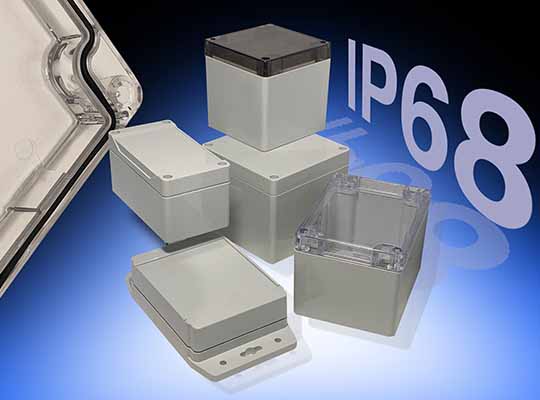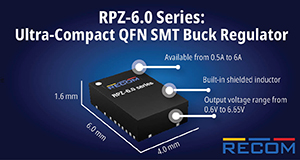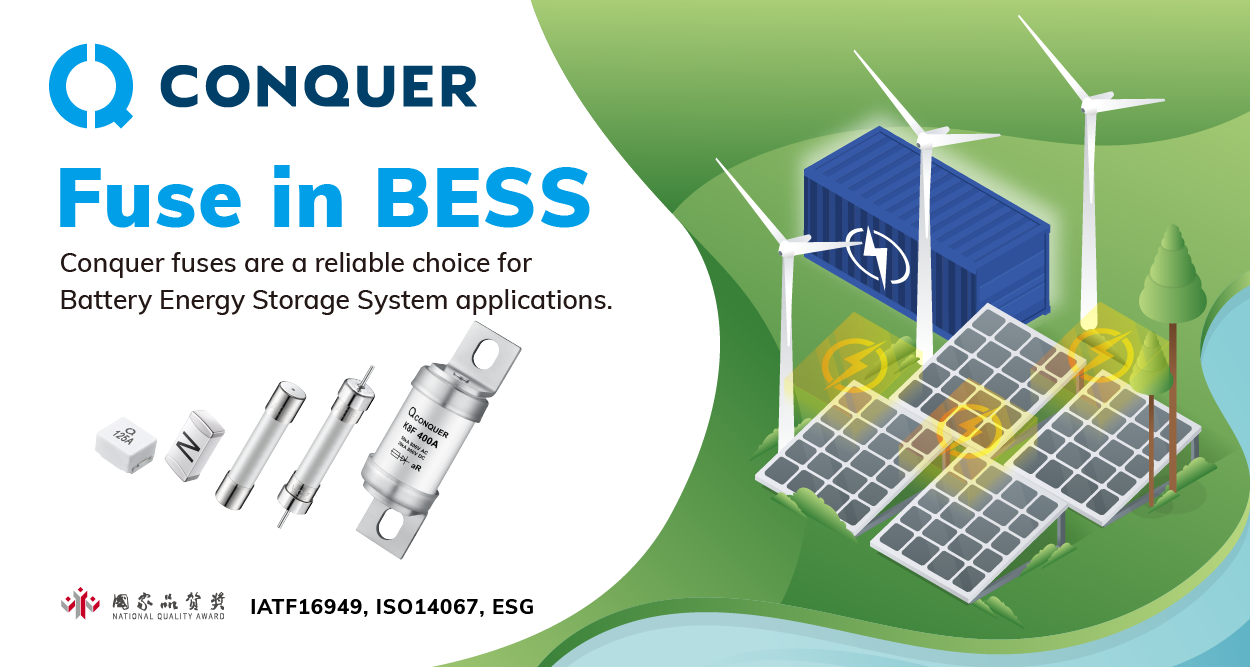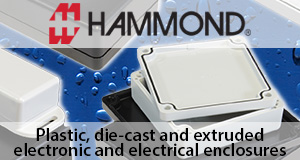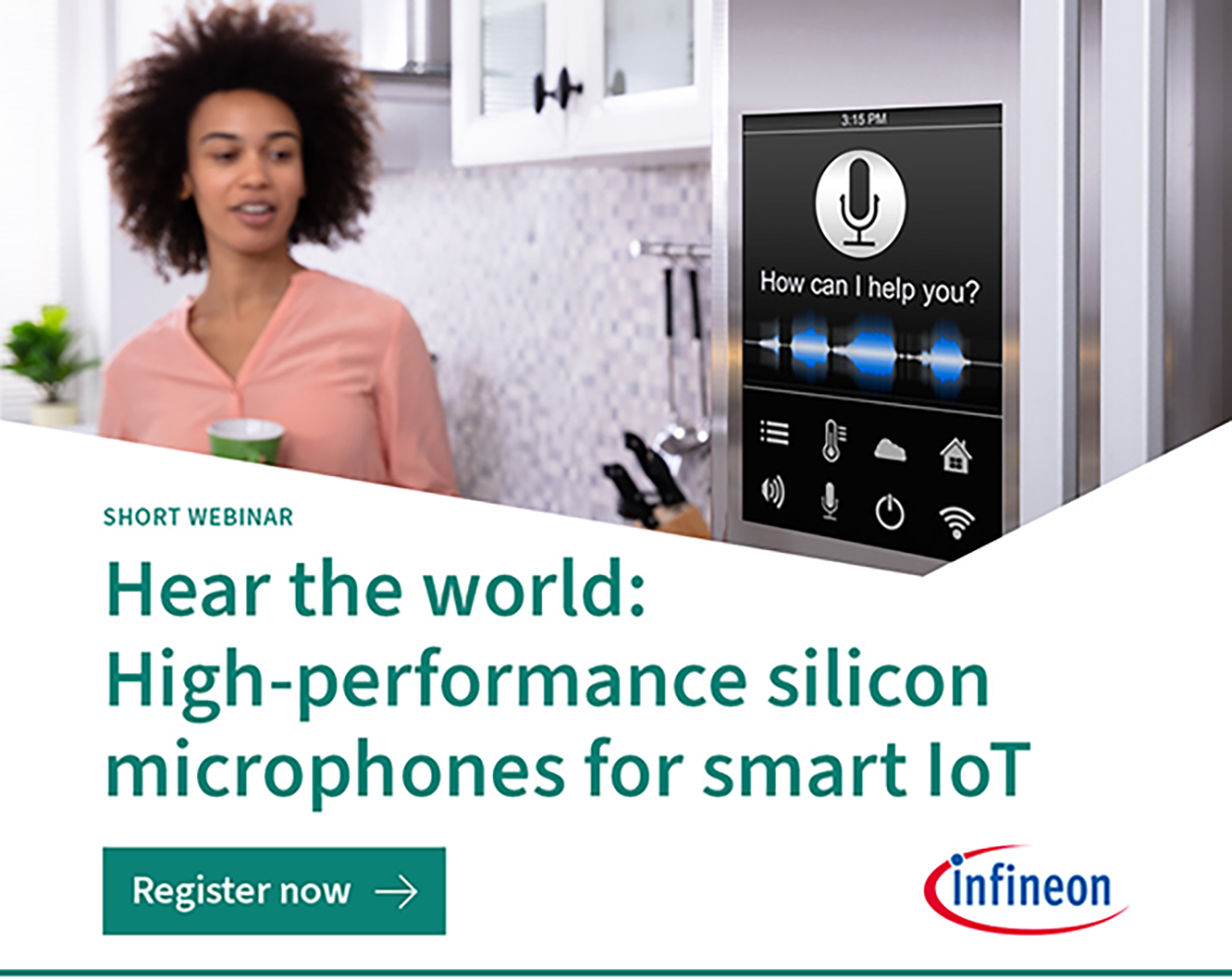Your new project has been designed, prototyped, debugged, tested, tweaked, tested again and finally signed off for production. So far, so good, now all that has to be done is to decide on the choice of enclosure for it. In the ideal world, the enclosure would have been selected far earlier in the process, so that, in particular, the size constraints for the PCB would be known. In the real world, the first question after design finalisation is normally, “what size box do I need?”
We list below, based on our extensive experience as an enclosure manufacturer, the criteria that need to be considered when the enclosure is specified. These relate to standard or modified standard enclosures, which are normally the best choice for low/medium volume applications. For consumer-facing products, where volumes are expected to be far higher, a fully custom enclosure is normally the best approach.
- Size
The most fundamental series of questions. How big is the PCB? Is it to be mounted horizontally or vertically? Many plastic enclosures have slots moulded in to the sides of the enclosure for direct vertical mounting and PCB mounting bosses moulded in to the top and base for horizontal mounting. Extruded aluminium enclosures will typically have full length slots in the sides for horizontal PCB mounting. How much space, if any, does there need to be on the external faces for indicators, switches, connectors, cable entries and similar components? What height is required for board-mounted components or multiple horizontal boards?
- Installed environment
Where will the product be used? Inside, outside or possibly both? For outside installation, UV stability is a potential issue for plastic enclosures, so polycarbonate is the default choice. For mobile applications such as road and rail, is shock and vibration likely to be a concern? Will the ingress of dust and water be something to be considered – see Point 4 below. Are there likely to be contaminants present – oils, chemicals and so on. Is resistance to impact damage a possible problem? If so, metal enclosures typically offer better resistance than plastic ones. Are particularly high or low temperature expected?
- Material
For small enclosures, the choice is typically between plastic, aluminium and GRP. The most widely used plastic materials are ABS and polycarbonate. Fire resistance is a consideration; the relevant standard is UL94, which specifies a vertical or horizontal burn. The more stringent test is the vertical burn test; material will be classified as V0, V1 or V2 where V0 is the highest performance. Polycarbonate or GRP would normally be specified for outdoor use because of its better resistance to UV embrittlement and colour fading than ABS.
Aluminium enclosures are either die-cast or extruded. Both are robust and give good impact resistance and are intrinsically electrically conductive, although painted or anodised finishes must not cover mating areas to preserve continuity throughout the enclosure. Some designs of extruded enclosures offer features such as multiple fins to increase the surface area to improve heat dissipation. Die-cast aluminium housings are strong and robust; they do not corrode, are electrically conductive, have an intrinsically high level of electro-magnetic attenuation and are easily machined. With a suitable gasket fitted between the lid and the base, environmental sealing to IP68 can be easily achieved. Such enclosures can be cast with relatively thin walls, although they will always be far heavier than the equivalent sized plastic moulded one. For applications where protection against shock damage is important, where EMC is likely to be an issue, or where high temperatures, dust or water are expected to be present, the die-cast enclosure is the ideal low-cost choice.
- EMC
Plastic enclosures have one specific weakness: they offer no EMC attenuation. If EM radiation emitted by the housed electronics or their susceptibility to external fields is a potential problem, the lack of screening could be an issue. Internal coatings in a variety of materials can be applied to the inner surfaces of a plastic enclosure to give different degrees of attenuation dependent on the project requirements. By offering different materials in a range of thicknesses, the most cost-effective and technically appropriate solution can be provided.
Metal enclosures, providing they are designed in such a way that electrical continuity is present between the top, base and removable panels and that any painted or anodised finish is purely for external decorative purposes, will provide a level of EMC likely to be more than sufficient for the majority of commercial applications. A conductive gasket will be used to electrically link the two halves of the enclosure.
- Environmental sealing
The relevant international standard is IEC 60529. Typically, enclosures rated at IP54 are suitable for general purpose use; for installation in environments where dust and water are likely to be present, IP66, 67 or 68 would normally be specified. The highest rating is IP69K, which gives protection against steam cleaning at high pressure. In North America, enclosures’ environmental sealing is normally defined as a NEMA (National Electrical manufacturers Association) number. NEMA ratings also require additional product features and tests (such as functionality under icing conditions, enclosures for hazardous areas, knock-outs for cable connections and others) not addressed by IP ratings.
The relevant international standard is EN 60529, which defines ratings written as IPxx, where the first digit defines the protection against solid objects and the second the protection against water ingress.
Protection classes for solid object protection
| First figure | Scope of protection |
| 0 | No protection. |
| 1 | Protection from solid objects greater than 50mm in diameter. |
| 2 | Protection against solid objects greater in diameter than 12.5mm. |
| 3 | Protection against solid objects greater in diameter than 2.5mm. |
| 4 | Protection against solid objects larger than 1.0mm. |
| 5 | Protection against the ingress of dust in harmful quantities. |
| 6 | Dust tight. |
Protection classes for water protection
| Second figure | Scope of protection |
| 0 | No protection |
| 1 | Protected against vertically falling drops of water. |
| 2 | Protection against falling water droplets up to 15° from the vertical. |
| 3 | Protected against direct water sprays from up to 60 degrees from the vertical. |
| 4 | Protected against splashing water from any direction. |
| 5 | Protection against low pressure 6.3mm jets of water sprayed from any angle. |
| 6 | Protection against powerful 12.5mm water jets from any angle. |
| 7 | Protection against temporary immersion in water up to 1 metre deep. |
| 8 | Protection against continuous immersion in water greater than 1 metre in depth. |
| 9 | Protection against high-pressure, high-temperature jet sprays, wash-downs or steam-cleaning procedures. |
As an example, IP68: the first digit “6” means totally dust tight and the second digit “8” means protection against continuous immersion in water greater than 1 metre in depth.
- Fixings – captive screws/material/tapped bushes v direct into plastic
Enclosure panels and covers obviously have to be secured to their mating half. There are two main methods for plastic and die-cast enclosures. Either a self-tapping screw is secured directly into the material of the base or a machine screw mates with a threaded bush located in the base. A machine screw is preferable if repeated openings and closures are anticipated during the life of the equipment, a self-tapping screw is fine for ‘close-and-forget’ uses.
- Appearance/styling
The most subjective of criteria. Plastic enclosures offer a choice of opaque and translucent material in a variety of colours, they can also be moulded in a transparent material; styled lids with recesses for membrane keypads and displays are available. Die-cast aluminium enclosures can be painted in a variety of different finishes and colours; extruded ones can have a clear or coloured anodising finish.
- Distributor technical support/ standard product availability
Standard enclosures for the electronics and electrical industries are produced in a huge variety of sizes, styles and types by many specialist manufacturers. A moulded, extruded or die-cast enclosure may appear to be just a simple box, but in fact it is the result of extensive design expertise that has resulted in a feature-rich housing, suitable for a use in a wide variety of applications and environments. Distributors keep extensive stocks of standard enclosures on the shelf, and the latest trend is that distributors are now joining manufacturers in providing technical support to their customers, working with them at the design stage to help choose the most appropriate enclosure for the application.
- Downloadable drawings and support materials
Any reputable enclosure manufacturer and distributor will provide a comprehensive library of technical information on its web site. Typical downloadable resources include dimensioned drawings in PDF and CAD formats to assist with design and modification requirements, technical details and key product attributes.
- Summary
A superficial glance at a plastic or die-cast small enclosure may give the impression that it is a simple box, but in reality, it is the end result of a great deal of design effort and expertise that has been expended to create a useful and feature-rich housing, suitable for a wide variety of applications and environments.


